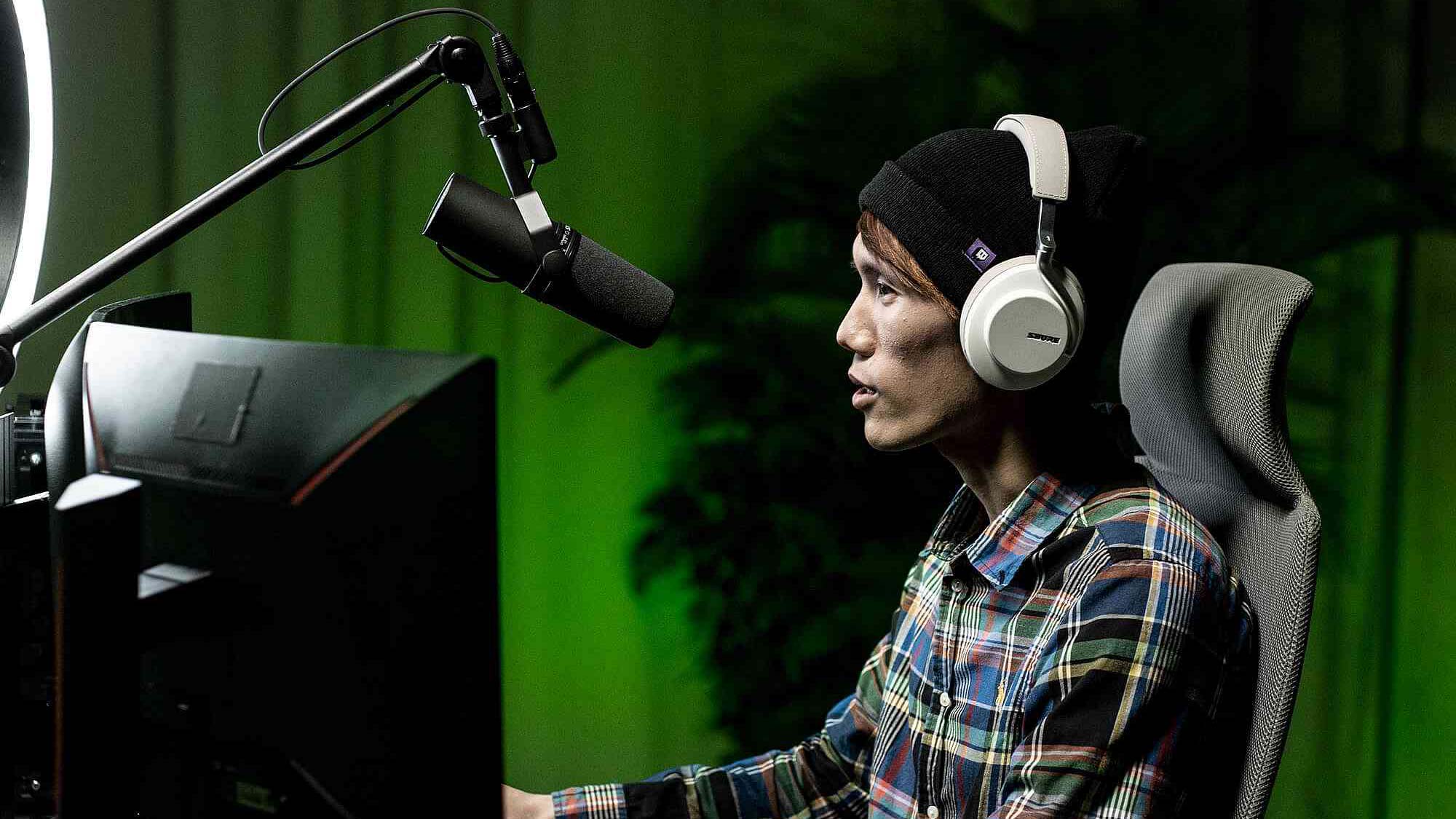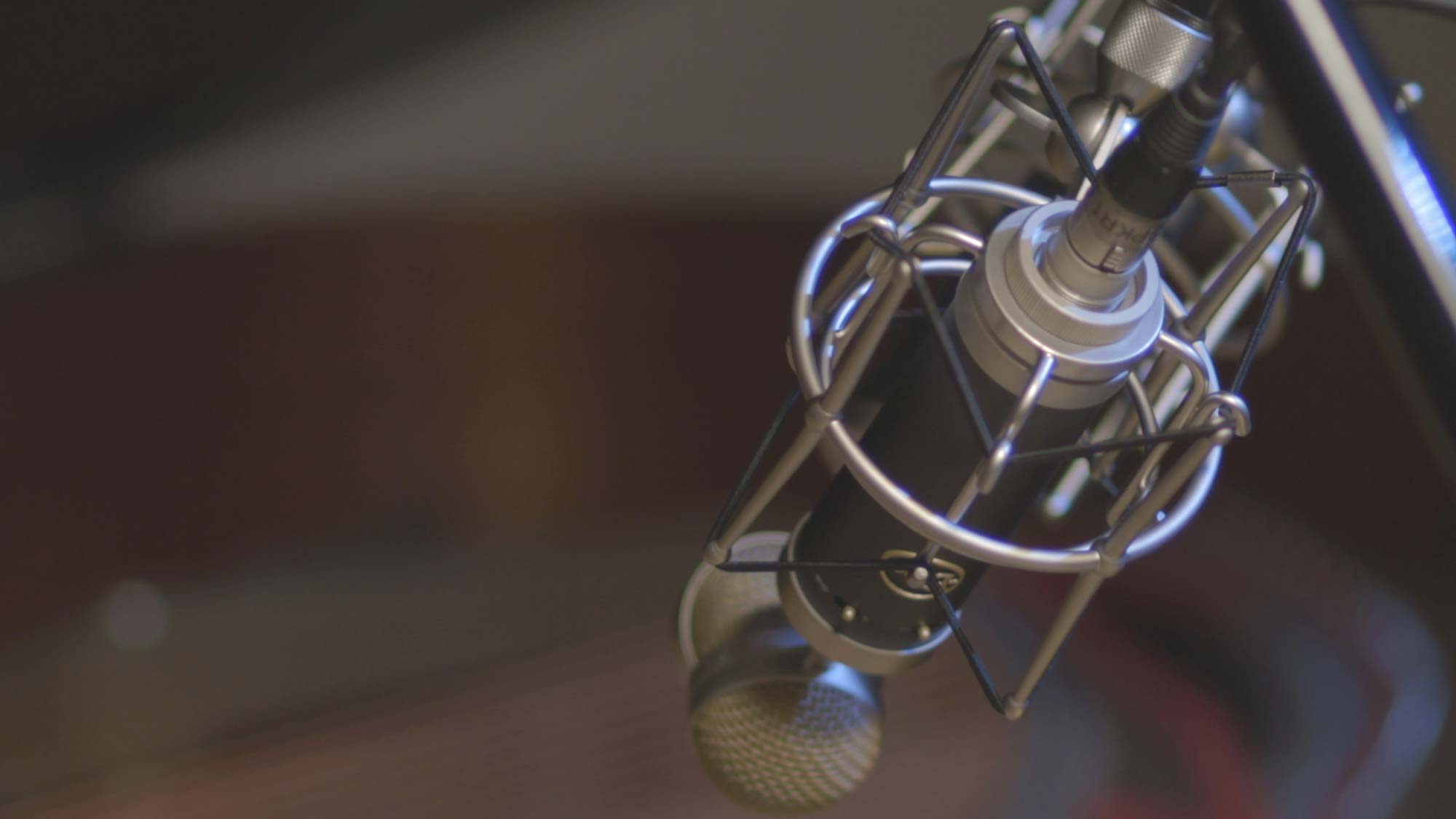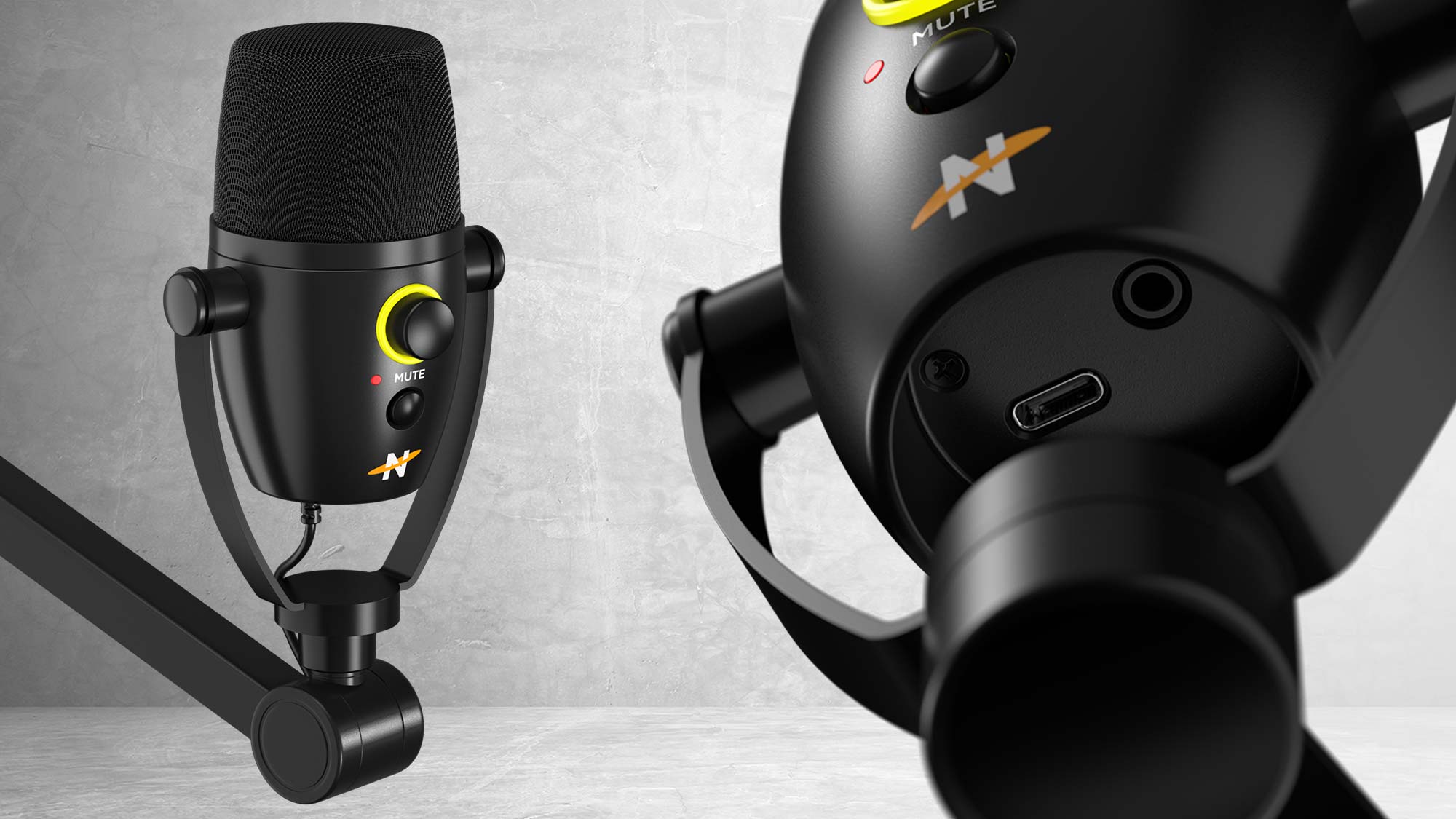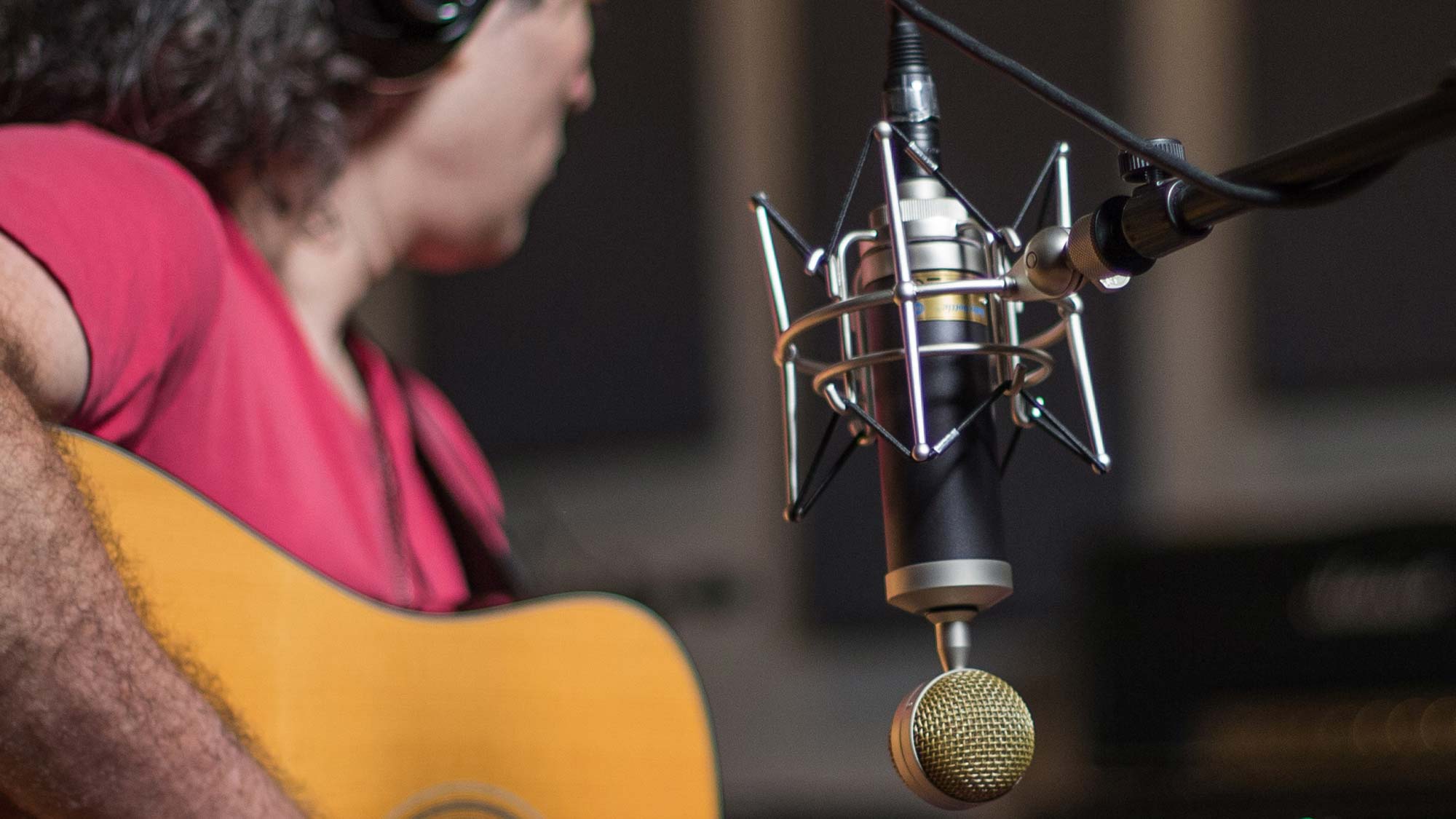XLR vs. USB microphones: Which should you use for streaming?
Here’s the difference between using a USB mic and setup versus an XLR one

Audio is a central part to a streamer’s setup that can make or break a successful stream. A quality microphone helps a person stick out among the pack if the speaking voice is crisp and clear. Those looking to stream have a large selection to choose from for their mic of choice. However, it can be confusing when having to choose between the two mic formats: XLR or USB.
Knowing how to get the best audio is paramount. Despite the amount of mics available, it can be hard to figure out which one to use if you don’t know why they’re different — especially when it comes to their price differences.

While both can record audio at various levels of quality, there are key differences between the formats that you should know before making your choice. Here are the benefits of using either XLR or USB and which you should use for streaming.
What is XLR?
Extra Line Return, colloquially known as XLR, is an analog cable format most professional audio equipment uses. These types of cables are balanced, meaning they carry two signal wires and one ground wire, which allows for little to no sound distortion compared to unbalanced wires. XLR is most identifiable by the male and female three-pin connectors on either end of the cable.
What is USB?
Universal Serial Bus (USB) is among the most used digital cable connections with various iterations and versions in existence. Unlike XLR, which is analog, USB is a digital format that converts analog signals into binary code for the computer to understand. While XLR has largely gone unchanged since its inception, USB has entered its fourth generation with USB 4.0. This new version of USB promises even faster data transfer speeds than previous generations. Faster speeds help considerably with audio, as higher speeds mean improved microphone sampling rates.
Benefits of XLR
XLR mics have more access to higher resolution audio thanks to higher sampling rates and bit depth. USB microphones rarely reach above 92KHz sampling rates — most tend to hover between 24KHz to 48KHz. The sampling rate matters because it represents the number of sound samples recorded each second. More samples help capture more accurate and clear audio.

Another benefit lies outside of the microphone and in the audio interface or mix amp that connects with it. All XLR mics require an audio interface to capture sound on the computer. In contrast, it may seem like an extra step, but it’s a boon for multi-mic setups. Interfaces can connect up to dozens of microphones depending on your needs, and most are relatively cheap to buy online. Moreover, it allows for real-time control of mic settings during streams.
Get The Snapshot, our free newsletter on the future of computing
Sign up to receive The Snapshot, a free special dispatch from Laptop Mag, in your inbox.
Benefits of USB
If you’re looking for a microphone that won’t need to be mounted on a mic arm, or require any other audio equipment, your best bet is a USB mic. Their easy-to-use reputation stems from the digital connection of USB over the analog connection of XLR. All you have to do is plug it into the computer, and, in most cases, the device is ready to go. Certain cases will require drivers to download, but those are primarily for compatible digital audio interface software.

Most USB mics can also come with a stand, built-in shock absorber, windsock, or pop filter. These accessories are usually an added cost for XLR mics like the attachments on the Shure SM7B.
USB has the added benefit of being a power source to power LEDs. Not many XLR microphones have built-in LEDs, while many manufacturers make USB mics with lights on them. Streamers may be more attracted to using a mic with lights if it complements their other LED setups, even more so if they can sync with the software.
XLR vs. USB: Which is better?
The better of the two depends on what you’re looking for in the device. If LEDs, easy setups, and more affordable devices are what you’re most interested in, it’s best to choose a USB mic. These microphones usually go for around $100, such as the Blue Yeti Nano at $79 or Neat Bumblebee II at $99.

Compared to USB, XLR offers in-depth customization and studio-quality audio at a more expensive price point. XLR microphones range between $60 and as much as $1,000, but the best value microphones usually hover around $300. These include the much lauded SM7B or the Blue Baby Bottle line of XLR mics. Additional accessories like pop-filters and mic arms add additional expenses.
Both mic types can achieve quality sound recordings, however, USB requires more of an effort to match the quality of XLR.
